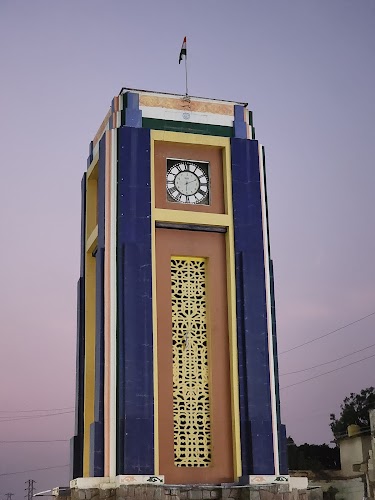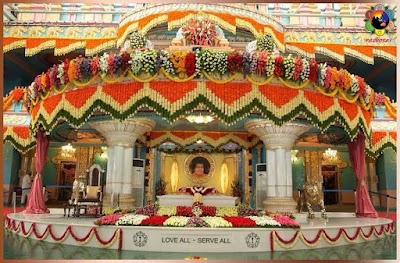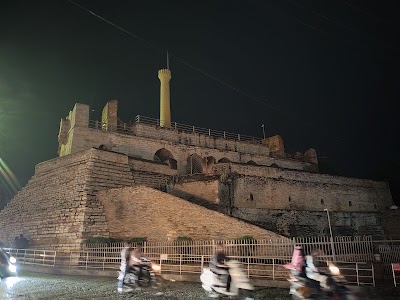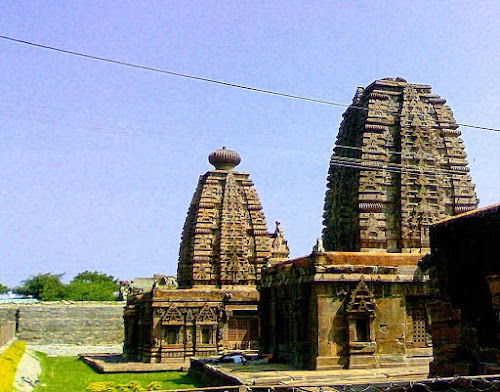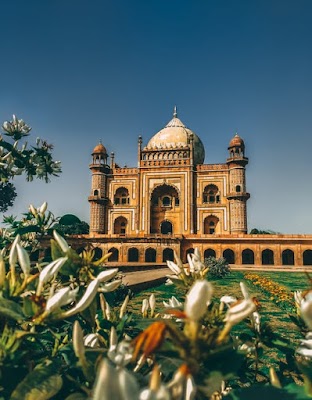Anantapur, India
Anantapur, a city in Andhra Pradesh, is known for its historical sites, diverse landscapes, and agricultural importance. The city is characterized by its arid climate and rocky terrain, which gives it a unique charm. It is a blend of old-world traditions and modern development. The region is also known for its handloom industry and groundnut production. While not a major tourist hub, Anantapur offers a glimpse into the rural life of Andhra Pradesh, with temples, forts, and natural attractions dotted across the district. It provides a unique offbeat travel experience for those interested in exploring the lesser-known parts of India. The city serves as a gateway to nearby attractions like Lepakshi and Puttaparthi.
Known for:
History:
Anantapur's history dates back to the Vijayanagara Empire, during which it served as an important administrative and trading center. The region was ruled by various dynasties, including the Chalukyas and the Qutb Shahis, each leaving their imprint on the city's landscape. The city was named after a tank called 'Anantasagara' which was built by Bukkaraya I. It later came under the control of the British during the colonial era. Anantapur played a notable role in India's freedom struggle. The historical remnants of forts and temples around the city stand as testaments to its rich past. The city has witnessed significant agricultural and industrial development over the years, transforming it into a significant urban center in Andhra Pradesh.
How to reach:
Anantapur is well-connected by road and rail. The nearest airport is the Kempegowda International Airport in Bangalore, which is about 200 km away. From Bangalore, you can take a taxi or bus to Anantapur. The city has a major railway station, Anantapur Railway Station, with regular trains from major cities in India. The road network is good, and buses are available from nearby cities and towns.
Places in Anantapur, India
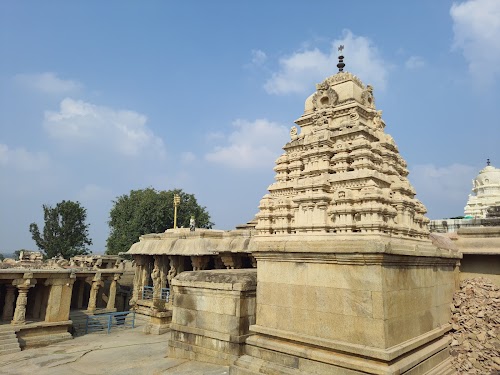
Veerabhadra Temple, Lepakshi
Anantapur, India
Sri Lakshmi Narasimha Swamy Temple, Kadiri
Anantapur, India
ISKCON Temple
Anantapur, India
Thimmamma Marrimanu
Anantapur, India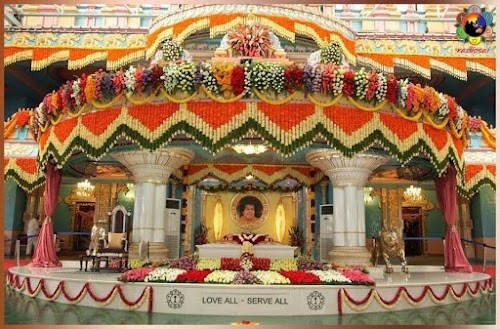
Puttaparthi
Anantapur, India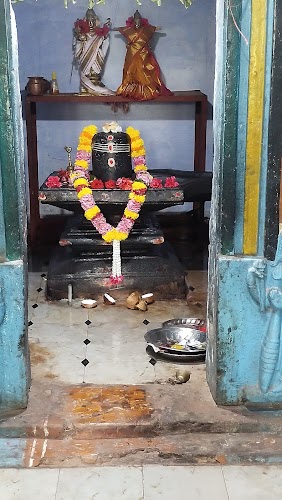
Chandramouleshwara Temple
Anantapur, India
Penukonda Fort
Anantapur, India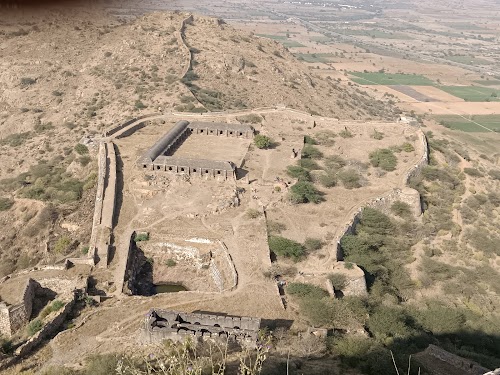
Ravadurga Gooty Fort
Anantapur, India

